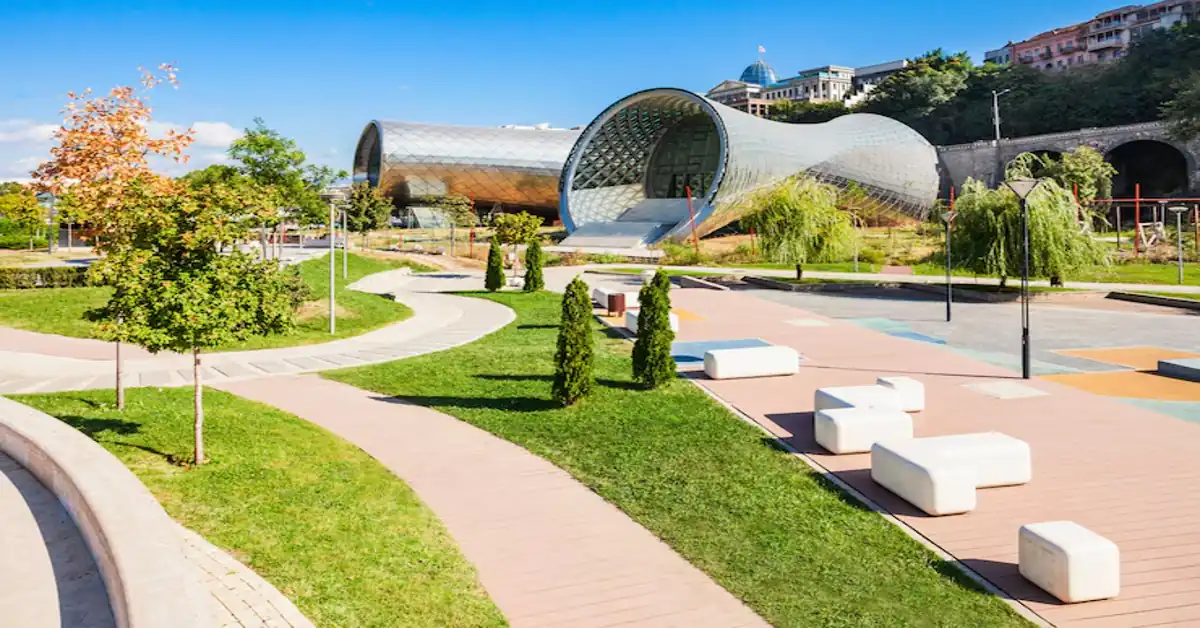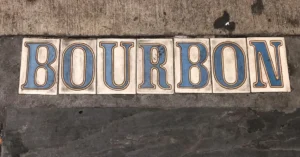In the sprawling landscape of North Phoenix, a new kind of community is quietly redefining what it means to live in harmony with history, nature, and the urban core. Union Park at Norterra, once a collection of dusty lots and idle speculation, has blossomed into a vibrant village where 1920s architectural charm meets 2020s technology and lifestyle innovation.
Just north of the bustling I-17 and Dove Valley corridor, Union Park is not just another planned community. It is an intentional return to principles of thoughtful urbanism—tree-lined streets, walkable blocks, and homes designed for more than just curb appeal. This master-planned neighborhood is drawing families, young professionals, and retirees alike, all seeking something that suburban sprawl has failed to offer: soul.
A New Town With an Old Heart
Union Park at Norterra may be relatively new—ground broke in 2018—but its roots lie in a revivalist philosophy. Unlike many Arizona developments that favor the Mediterranean-revival style popular in the early 2000s, Union Park embraces the aesthetics of early 20th-century Americana: brick facades, gabled rooftops, wide porches, and alleys reminiscent of older, walkable neighborhoods in the Midwest or the East Coast.
This design language is not nostalgia for nostalgia’s sake. It serves a dual purpose: aesthetic cohesion and community-building. By making sidewalks wider and homes closer to the street, the development subtly encourages interaction. Front porches become conversation hubs, not architectural afterthoughts. According to architects involved in the project, the goal was to “design for neighbors, not garages.”
READ MORE: Newtopy: Charting the Terrain of a Transformative Concept
Where Planning Meets Purpose
At the core of Union Park is its 5,800-square-foot The Post, a community center styled after a historic train depot. It’s more than a fitness facility or HOA headquarters—it is the symbolic town square. With its exposed brick, café seating, and multi-use event space, The Post plays host to everything from yoga classes to farmers’ markets.
Around it sprawls a 400-acre development complete with neighborhood parks, greenbelts, splash pads, and soon, a series of boutique retail outlets. Over 1,500 homes are planned in total, across multiple phases. Current homebuilders include renowned names like Ashton Woods, Cachet Homes, and David Weekley Homes, each offering a palette of semi-custom floor plans with energy-efficient features.
Sustainability as a Core Feature
Union Park at Norterra stands out in its commitment to sustainability—a critical value in the desert Southwest. All new homes meet advanced energy-efficiency standards, and many incorporate solar readiness, tankless water heaters, and xeriscape landscaping. Community planners worked closely with desert ecology experts to ensure that flora and fauna native to the Sonoran Desert were preserved and showcased.
Stormwater collection systems run beneath the community park spaces, channeling rainwater to underground cisterns for irrigation reuse. “The idea is to make every drop count,” says Maria Velasquez, the civil engineer overseeing green infrastructure. “We’re not just building homes—we’re building resilience.”
READ MORE: Active Memory Expansion: Redefining System Efficiency in the Modern Age
Smart Living in the Sonoran Desert
Residents of Union Park are not only living sustainably—they’re living smart. Every home is pre-wired for fiber-optic internet, with optional integrated home automation packages. These include app-controlled thermostats, security systems, smart lighting, and even leak detectors—allowing residents to conserve resources and manage energy use more efficiently.
The community’s digital concierge platform, “UnionLife,” lets residents book common spaces, receive HOA alerts, register for events, and even connect with local service providers. This seamless tech integration appeals to younger homeowners but is intuitive enough for less tech-savvy residents.
Connectivity and Commuter Appeal
Though it feels like a secluded village, Union Park at Norter is anything but isolated. The community is just minutes from Norterra’s shopping and dining district, anchored by the Shops at Norterra and Happy Valley Towne Center. These commercial hubs offer dozens of restaurants, grocery stores, boutiques, and essential services.
Commuters appreciate the community’s direct access to Interstate 17 and proximity to the Loop 101. With downtown Phoenix just 25 minutes away and Scottsdale within a 35-minute drive, Union Park offers the rare combination of suburban tranquility and urban accessibility.
Education and Family Appeal
Families are taking particular note ofUnion Park at Norter, and for good reason. The neighborhood falls within the boundaries of the highly regarded Deer Valley Unified School District. Moreover, BASIS North Phoenix—a nationally ranked charter school—is just a short drive away.
Plans are also underway for an on-site K–8 school within the development, part of Phase III of the buildout. For young families concerned with quality of education and walkability, this is a significant draw.
A Diverse Tapestry of Residents
What distinguishes Union Park from other Phoenix-area master plans is its diversity—not just ethnically, but generationally and economically. While entry-level townhomes start in the mid-$400,000s, larger single-family models can exceed $800,000. This range has attracted a balanced mix of retirees, growing families, remote professionals, and even multigenerational households.
Community events such as “Porch Fest,” monthly book clubs, food truck Fridays, and neighborhood concerts help bridge generational gaps. “It’s a place where your kids can make friends and your parents can move in next door,” says resident Alicia Harper.
Union Park’s Future: The Urban Village Model
Union Park at Norterra isn’t just a housing development—it is the prototype for a larger vision unfolding in Phoenix: the urban village model. This model emphasizes self-contained communities that offer the benefits of urban living—access to services, culture, and density—without the chaos of downtown congestion.
City planners view Union Park at Norter as a test case. If successful, it could inspire a wave of similar developments, particularly as metro Phoenix continues to attract transplants from California, Illinois, and the East Coast.
The Challenges Ahead
No project of this scope is without challenges. Critics have voiced concerns about rising property taxes, HOA fees, and long-term affordability. With home prices increasing faster than regional income growth, the community must grapple with remaining inclusive.
Water scarcity also looms. Though Union Park has embraced conservation, the broader Phoenix metro area faces long-term hydrological concerns. The community’s response to future drought conditions may serve as a blueprint—or cautionary tale—for other desert cities.
The Verdict
Union Park at Norterra represents a meaningful shift in how we build communities in the 21st century. It proves that even in fast-growing metro regions, development can be thoughtful, sustainable, and centered on human connection.
For now, Union Park at Norter is not just a place—it is a statement. And if its early years are any indication, it’s a statement that many are eager to sign their names to.
Frequently Asked Questions (FAQs)
1. What is Union Park at Norterra?
Union Park at Norterra is a master-planned community in North Phoenix, Arizona, designed with a focus on walkability, sustainability, and smart living.
2. Who are the main builders in Union Park at Norterra?
Builders include Ashton Woods, Cachet Homes, and David Weekley Homes, offering a mix of townhomes and single-family residences.
3. What amenities does the community offer?
Key amenities include a community center (The Post), parks, walking trails, event spaces, a splash pad, and retail developments.
4. Is Union Park a good place for families?
Yes. With access to top-rated schools, planned on-site education, and a family-friendly design, it is popular among young families.
5. What makes Union Park at Norterra different from other Phoenix communities?
Its blend of historical architectural styles, green technology, smart infrastructure, and emphasis on community connection set it apart.









